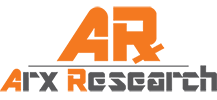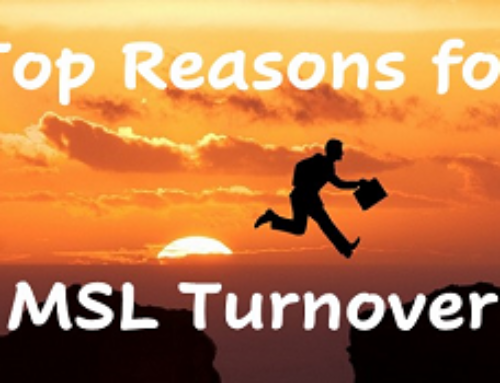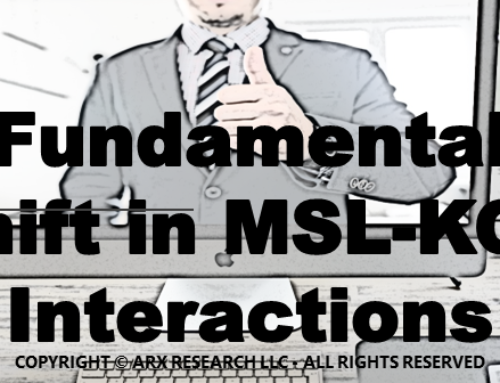The Altered Pharmaceutical Thought Leader Pool: How the Implementation of the Sunshine Act and CMS Open Payment Program Changed the KOL Landscape
Since the adoption of the Sunshine Act in 2010 and the subsequent thought leaders’ payments reporting on the CMS Open Payment Program in 2014, many things have changed for pharmaceutical companies.
It took a fairly short time for pharmaceutical organizations to adapt to the disruptions that the Physician Payment Sunshine Act and healthcare reform presented. Though affected the most by these changes, it appears that Medical Affairs operations, including Medical Science Liaison (MSL) teams, have now realigned to the new realities.
From this realignment stemmed new functions, such as Thought Leader Development, and the expansion of regulatory and compliance’s role in how Medical Affairs and MSLs interact with Thought Leaders and physician communities.
The new rules seemed to also have affected the makeup of companies’ Thought-Leader pools.
Academic centers, which mostly focused on research and reacted strongly to the Sunshine Act by pushing back on their involvement with industry, have lost their primary status as go-to resources for MSLs. MSLs are now increasingly looking at Specialists and other categories of Thought Leaders, such as nurses and physician’s assistants, because of their closeness to patients and their relatively easier access.
Medical Science Liaisons interact with a variety of Thought Leaders. MSLs and their company determine the type of Thought Leaders targeted by what they aim to accomplish. For instance, MSLs looking for input on scientific research might target academic or pharmacist KOLs, where the knowledge to scientifically develop a drug proves most useful. In other cases, once a product shows effectiveness for a disease, they would target a high-level, recognized specialist to attend a symposium and promote the scientific benefits of a product.
No matter the need, targeting the KOL best suited to the task at hand is critical. The figure below shows the mix of Thought Leaders with which surveyed organizations’ MSLs interact. Study after study, MSLs continue to most often target specialists and academic Thought Leaders but what differs from previous research findings is the proportion of each targeted category. Four years prior to this latest study, specialist KOLs accounted for 28% of the targeted mix, while they now account for 37%, a 9% gain.
This table highlights the changes in KOL targets from our last research to this analysis.
Findings also show that Nurse Practitioners, Physician’s Assistants and other non-MD categories are now accounting for a much larger portion of targets. This category gained 12%, accounting for 14% of the total mix of targeted thought-leader categories. Both Specialists and non-MDs increases are reflected in a loss for the Academic KOLs: they accounted for 35% of targeted KOLs in previous research, but this number now stands at 19%.
We believe these fairly drastic variations are due, one, to the push back from academic centers created by the implementation of the Sunshine Act a few years ago, which seems to continue to affect how Medical Affairs management and MSLs interact with the Thought Leader pool.
Secondly, we see the changing healthcare landscape emphasizing the positions of non-MD personnel. Specialties continue to increase and treatment becomes more and more balkanized. This specialism has migrated to these other medical positions, positions that can often offer an inexpensive but quality option for treatment and therapeutic development alike.
Future analysis will show if these trends have stabilized or continued to change. Similar trends were seen in Europe and to a lesser degree in the Asia-Pacific region.
Data from this article was extracted from the study U.S. Medical Science Liaisons: An Era of Refinement available here: https://www.arxresearch.com/product-category/medical-affairs/








